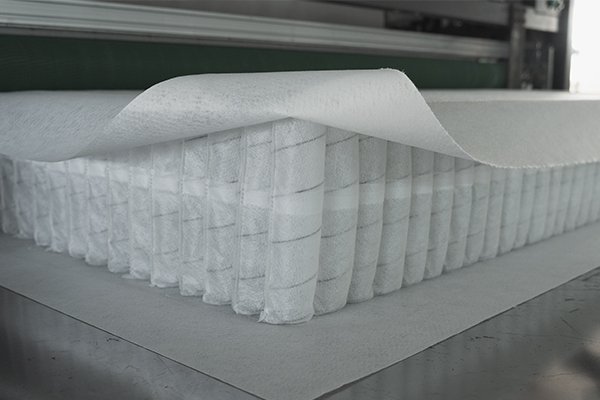
The Importance of Spring Density in Sofa Comfort
When choosing a sofa, comfort is a top priority. One of the key factors affecting how a sofa feels is spring density—the number of springs used per unit area and their thickness. A well-designed spring system not only enhances durability but also determines how firm or soft the seating experience is. Understanding spring density can help you choose the right sofa for your comfort preferences and lifestyle needs.
What Is Spring Density in Sofas?
Spring density refers to the number of coil springs or pocketed springs in a given area of a sofa seat. A higher density means more springs are packed into the structure, while a lower density means fewer springs are used. The thickness (or gauge) of the springs also plays a role in the sofa’s overall firmness and support.
How Spring Density Affects Sofa Feel?
Spring density impacts a sofa’s firmness, support, durability, and responsiveness. Let’s break it down:
1. Firmness and Comfort
- High-Density Springs: A sofa with a higher spring count typically feels firmer and more supportive. The increased number of springs evenly distributes weight, preventing deep sinking and ensuring a balanced feel.
- Low-Density Springs: A lower density means fewer springs, which can result in a softer, more plush seating experience. However, excessive softness may lead to sagging over time.
2. Support and Pressure Relief
- Higher-density spring systems provide better support for the back and joints, making them an ideal choice for those with back pain.
- Lower-density sofas may feel more comfortable initially but might lack sufficient lumbar support over prolonged use.
3. Durability and Longevity
- High-density spring sofas maintain their shape longer and resist sagging.
- Lower-density springs may lose tension over time, leading to uneven seating and discomfort.
Comparing Different Types of Sofa Springs by Density
| Spring Type | Spring Density | Firmness | Durability | Best For |
|---|---|---|---|---|
| Pocket Springs | High | Medium to Firm | Long-lasting | Daily use, premium comfort |
| Coil Springs | Medium to High | Firm | Highly durable | Heavy use, traditional sofas |
| Sinuous Springs | Medium | Medium | Moderate lifespan | Budget-friendly sofas |
| No-Spring (Foam Only) | None | Soft | Varies by foam quality | Modern, casual seating |
Choosing the Right Spring Density for Your Sofa
The ideal spring density depends on your comfort preference, usage needs, and budget:
- If you prefer firm seating and need long-term durability, opt for high-density pocket springs.
- If you enjoy a plush, cushioned feel, a lower-density spring system may be a better fit.
- If you have back pain or need proper posture support, high-density springs with zoned firmness levels provide better spinal alignment.
Why Does Spring Density Matter for Compressed Sofas?
Compressed sofas, like those we manufacture at HSM, leverage high-density spring technology to ensure that the sofa retains its shape and comfort even after vacuum packing. The right spring density allows for optimal compression without compromising structural integrity, making our sofas both space-efficient and supportive.
Conclusion
Spring density plays a vital role in determining a sofa’s firmness, durability, and overall comfort. Whether you need a firm, supportive seat or a plush lounging experience, understanding how spring density affects sofa feel can guide you toward the best choice for your home. At HSM, we design our compressed sofas with optimized spring density to ensure maximum comfort and long-lasting performance.
Looking for a high-quality compressed sofa with superior spring support? Explore our collection today!